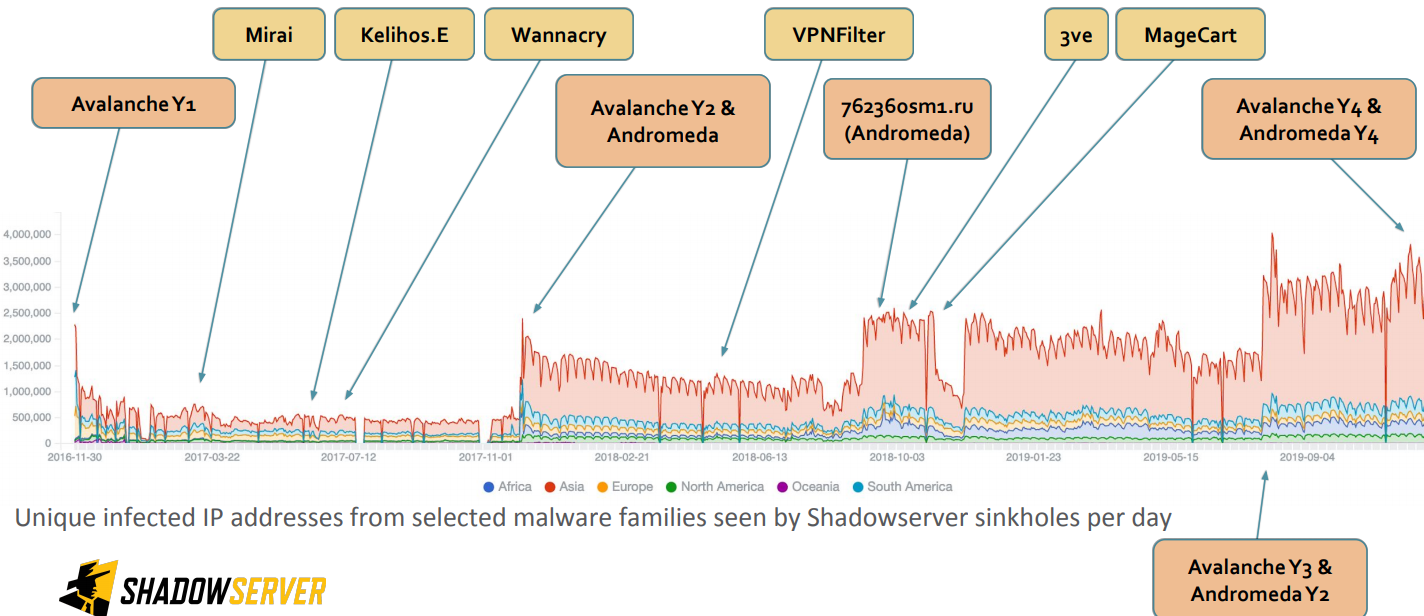As the Coronavirus pandemic continues to force people to work from home, countless companies are now holding daily meetings using videoconferencing services from Zoom. But without the protection of a password, there’s a decent chance your next Zoom meeting could be “Zoom bombed” — attended or disrupted by someone who doesn’t belong. And according to data gathered by a new automated Zoom meeting discovery tool dubbed “zWarDial,” a crazy number of meetings at major corporations are not being protected by a password.

zWarDial, an automated tool for finding non-password protected Zoom meetings. According to its makers, zWarDial can find on average 110 meetings per hour, and has a success rate of around 14 percent.
Each Zoom conference call is assigned a Meeting ID that consists of 9 to 11 digits. Naturally, hackers have figured out they can simply guess or automate the guessing of random IDs within that space of digits.
Security experts at Check Point Research did exactly that last summer, and found they were able to predict approximately four percent of randomly generated Meeting IDs. The Check Point researchers said enabling passwords on each meeting was the only thing that prevented them from randomly finding a meeting.
Zoom responded by saying it was enabling passwords by default in all future scheduled meetings. Zoom also said it would block repeated attempts to scan for meeting IDs, and that it would no longer automatically indicate if a meeting ID was valid or invalid.
Nevertheless, the incidence of Zoombombing has skyrocketed over the past few weeks, even prompting an alert by the FBI on how to secure meetings against eavesdroppers and mischief-makers. This suggests that many Zoom users have disabled passwords by default and/or that Zoom’s new security feature simply isn’t working as intended for all users.
New data and acknowledgments by Zoom itself suggest the latter may be more likely.
Earlier this week, KrebsOnSecurity heard from Trent Lo, a security professional and co-founder of SecKC, Kansas City’s longest-running monthly security meetup. Lo and fellow SecKC members recently created zWarDial, which borrows part of its name from the old phone-based war dialing programs that called random or sequential numbers in a given telephone number prefix to search for computer modems.
Lo said zWarDial evades Zoom’s attempts to block automated meeting scans by routing the searches through multiple proxies in Tor, a free and open-source software that lets users browse the Web anonymously.
“Zoom recently said they fixed this but I’m using a totally different URL and passing a cookie along with that URL,” Lo said, describing part of how the tool works on the back end. “This gives me the [Zoom meeting] room information without having to log in.”
Lo said a single instance of zWarDial can find approximately 100 meetings per hour, but that multiple instances of the tool running in parallel could probably discover most of the open Zoom meetings on any given day. Each instance, he said, has a success rate of approximately 14 percent, meaning for each random meeting number it tries, the program has a 14 percent chance of finding an open meeting.
Only meetings that are protected by a password are undetectable by zWarDial, Lo said.
“Having a password enabled on the meeting is the only thing that defeats it,” he said.
Lo shared the output of one day’s worth of zWarDial scanning, which revealed information about nearly 2,400 upcoming or recurring Zoom meetings. That information included the link needed to join each meeting; the date and time of the meeting; the name of the meeting organizer; and any information supplied by the meeting organizer about the topic of the meeting.
The results were staggering, and revealed details about Zoom meetings scheduled by some of the world’s largest companies, including major banks, international consulting firms, ride-hailing services, government contractors, and investment ratings firms.
KrebsOnSecurity is not naming the companies involved, but was able to verify dozens of them by matching the name of the meeting organizer with corporate profiles on LinkedIn.
By far the largest group of companies exposing their Zoom meetings are in the technology sector, and include a number of security and cloud technology vendors. These include at least one tech company that’s taken to social media warning people about the need to password protect Zoom meetings!



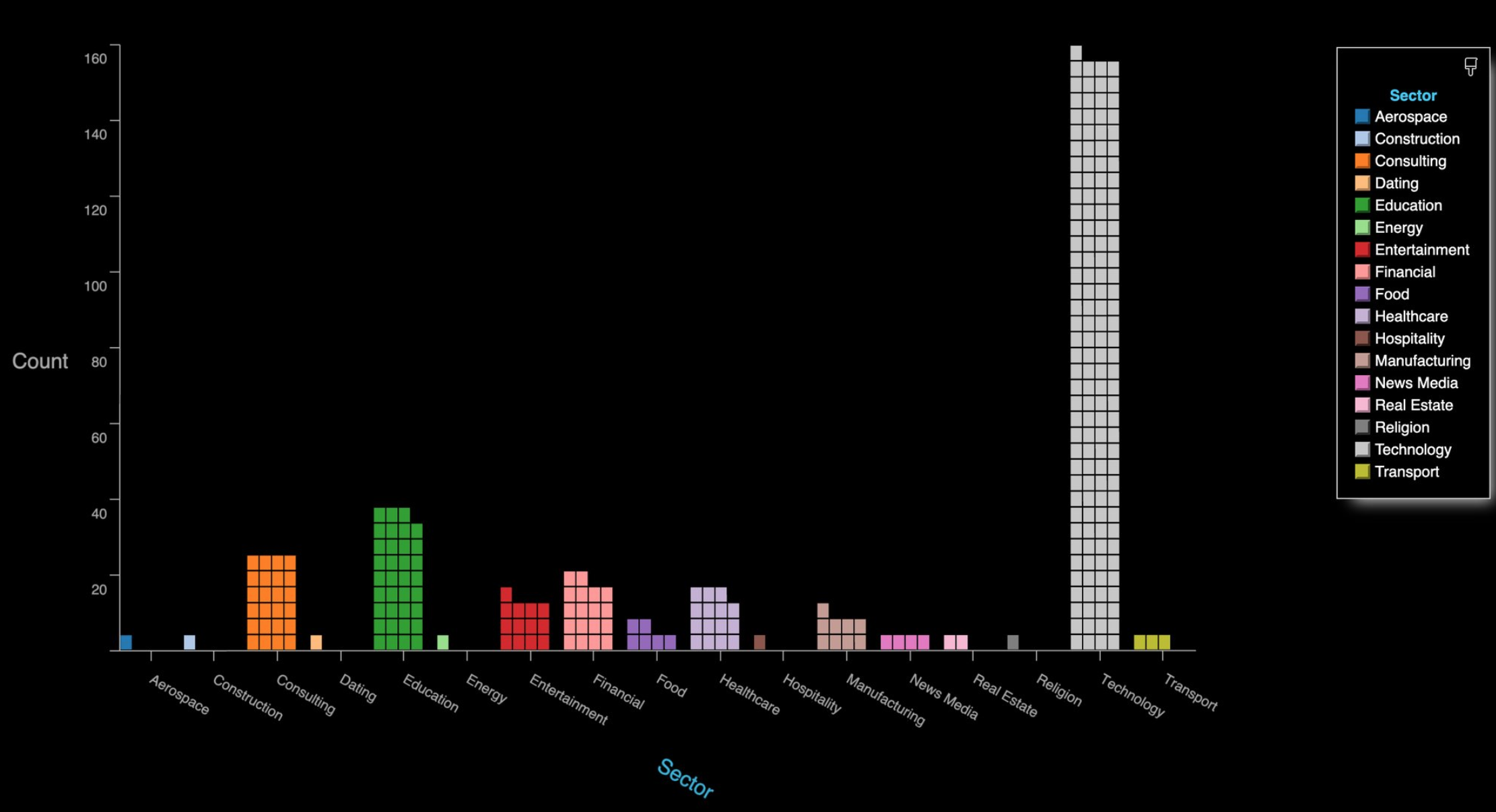


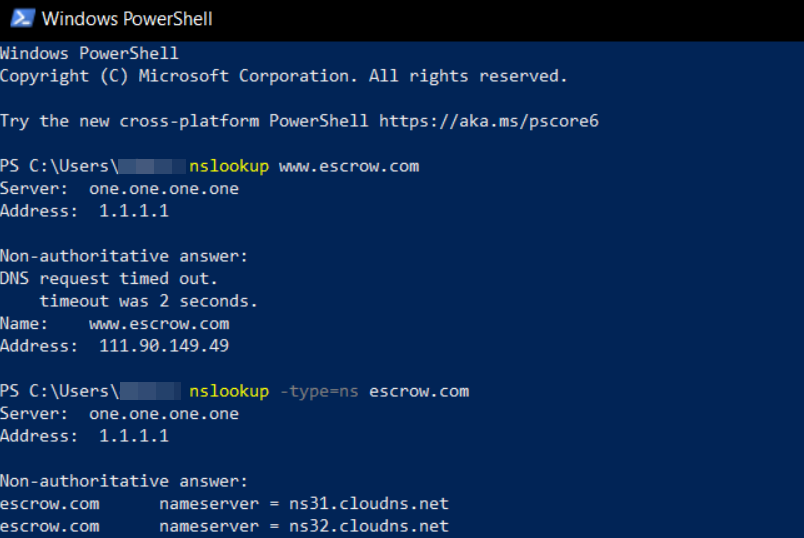




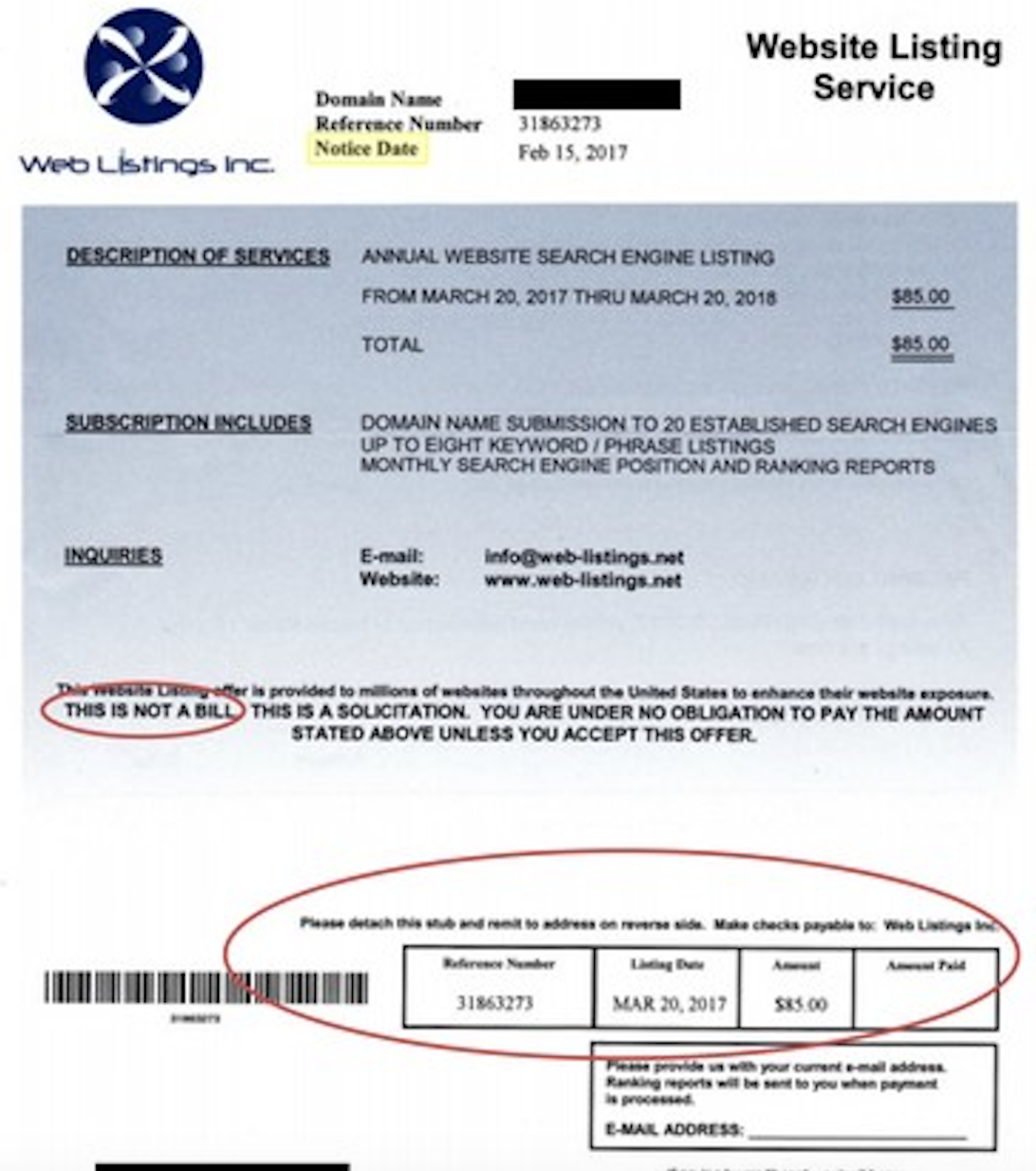
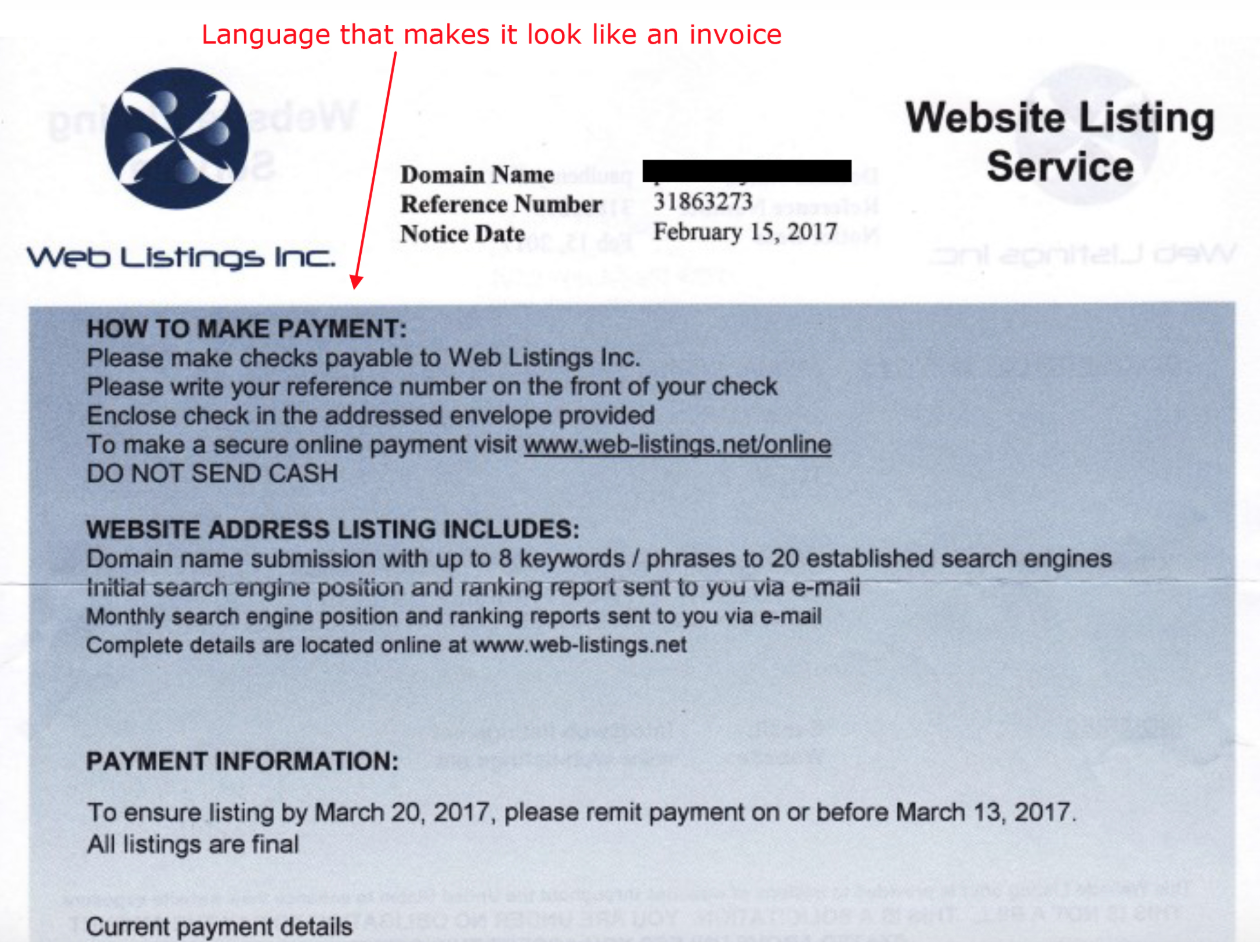

 London-based Finastra has offices in 42 countries and reported more than $2 billion in revenues last year. The company employs more than 10,000 people and has over 9,000 customers across 130 countries — including nearly all of the top 50 banks globally.
London-based Finastra has offices in 42 countries and reported more than $2 billion in revenues last year. The company employs more than 10,000 people and has over 9,000 customers across 130 countries — including nearly all of the top 50 banks globally.




